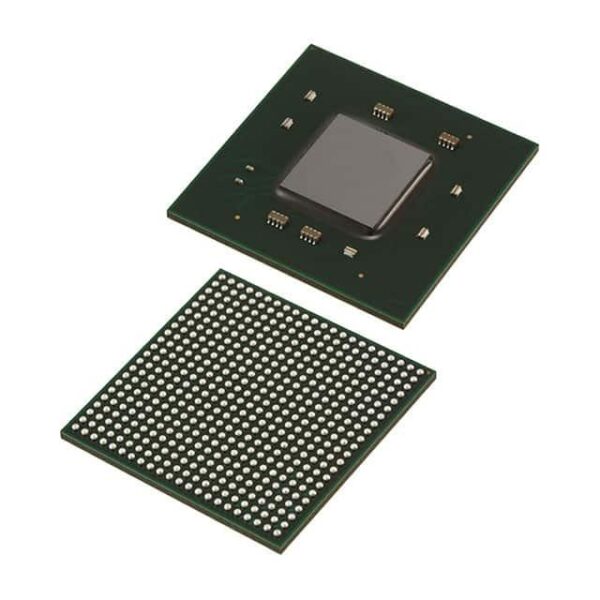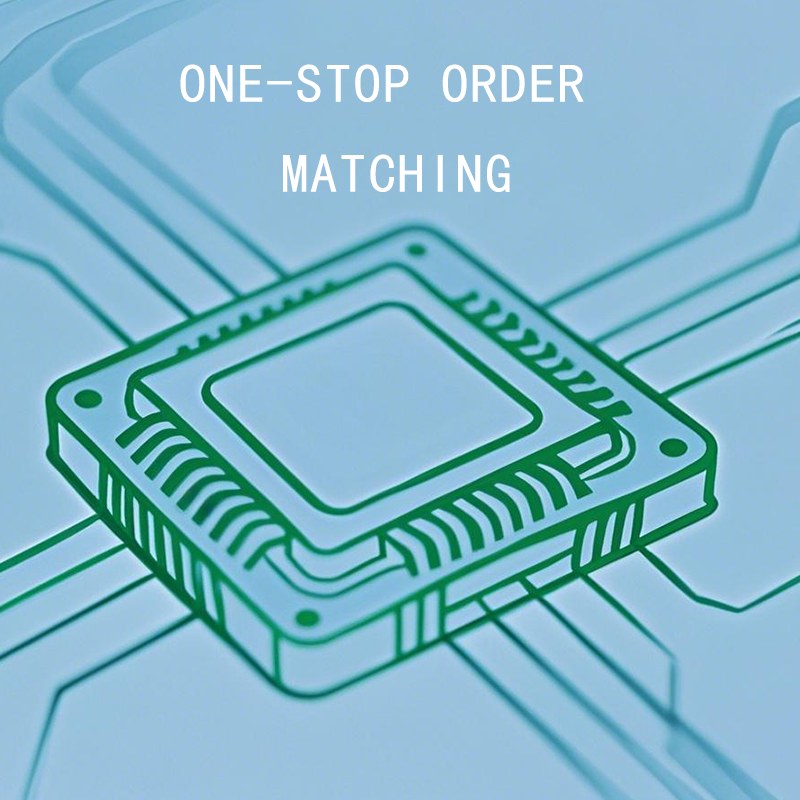| Specification of XC7Z030-1FBG484I | |
|---|---|
| Status | Active |
| Series | Zynq?-7000 |
| Package | Tray |
| Supplier | AMD |
| Architecture | MCU, FPGA |
| Core Processor | Dual ARM Cortex-A9 MPCore with CoreSight |
| Flash Size | – |
| RAM Size | 256KB |
| Peripherals | DMA |
| Connectivity | CANbus, EBI/EMI, Ethernet, IC, MMC/SD/SDIO, SPI, UART/USART, USB OTG |
| Speed | 667MHz |
| Primary Attributes | Kintex-7 FPGA, 125K Logic Cells |
| Operating Temperature | -40C ~ 100C (TJ) |
| Package / Case | 484-BBGA, FCBGA |
| Supplier Device Package | 484-FCBGA (23×23) |
Applications
The XC7Z030-1FBG484I is ideal for high-performance computing environments due to its robust processing capabilities. It excels in applications such as data centers, cloud computing services, and artificial intelligence training models. This device operates within a wide range of temperatures from -40°C to +85°C, ensuring reliability across various environmental conditions.
Key Advantages
1. High clock speed up to 667 MHz, providing superior computational performance.
2. Advanced memory interface supporting DDR3 SDRAM, enhancing data throughput.
3. Low power consumption, reducing operational costs significantly.
4. Compliant with multiple industry certifications, including CE and FCC.
Frequently Asked Questions
Q1: What is the maximum operating temperature for the XC7Z030-1FBG484I?
A1: The maximum operating temperature for the XC7Z030-1FBG484I is +85°C.
Q2: Can the XC7Z030-1FBG484I be used in conjunction with other components?
A2: Yes, it can be integrated with various other components through its versatile I/O interfaces and support for multiple communication protocols.
Q3: In which specific scenarios would you recommend using the XC7Z030-1FBG484I?
A3: The XC7Z030-1FBG484I is recommended for scenarios requiring high-speed data processing and low-latency operations, such as real-time analytics and high-frequency trading systems.
Other people’s search terms
– High-performance computing solutions
– Data center hardware components
– AI training model accelerators
– DDR3 SDRAM memory interface devices
– Low-power consumption processors





